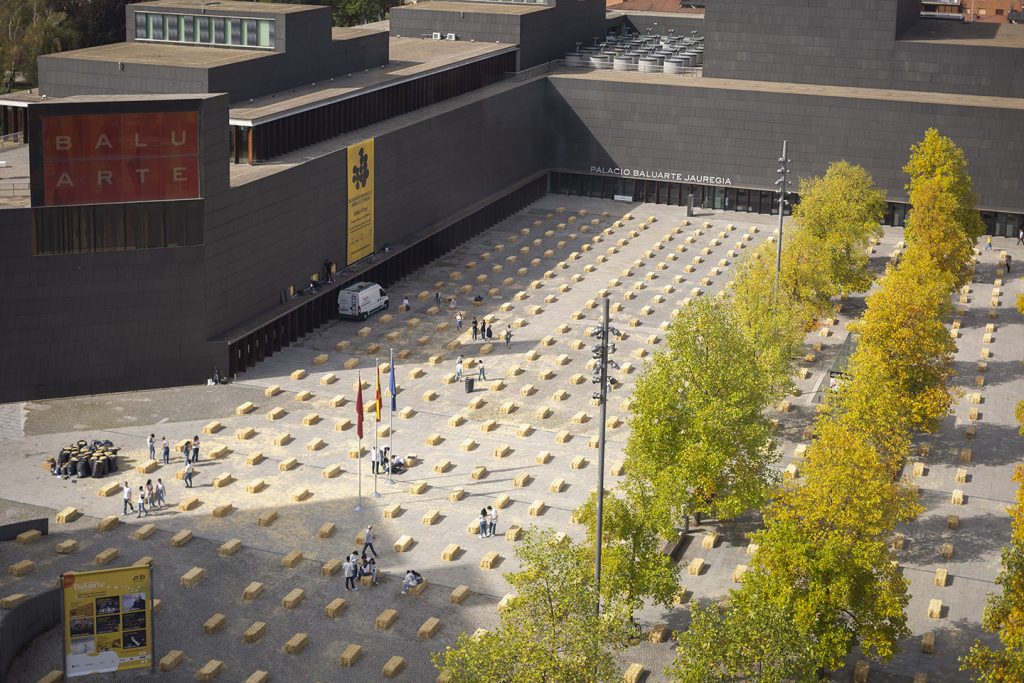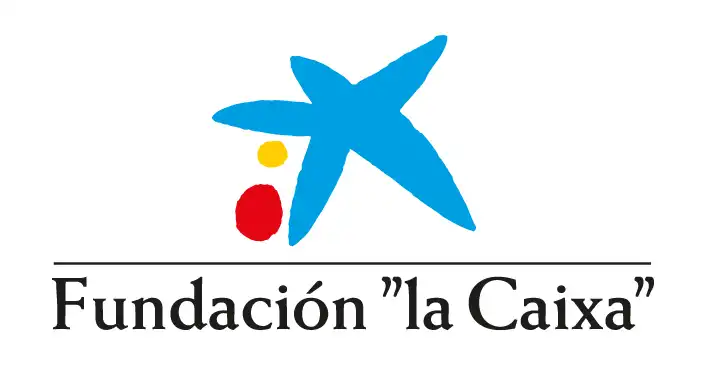A call to knowing, harmony and enjoyment
An encuentro or meeting at which to pose the most acute questions to find our way in today’s world, always on the basis of reflection and rooted in the incontestable power of the arts, in their power to immerse us in the most radical meaning of these questions.
A sparkling programme: dialogues, debates and talks, performing arts, exhibitions, contemporary music, workshops and mediation activities with institutions.
Encuentros in the city of Pamplona and around the Navarre region. Landmark buildings and venues host people willing to be amazed, with lively minds and ready to question the world.
The Encuentros de Pamplona / Iruñeko Topaketak are an international biennial involving culture, art and thought, promoted by the government of Navarre and organised by the Fundación Baluarte with the collaboration of the Fundación “la Caixa” and the support of Pamplona City Council. The programme is curated by the thinker and essayist Ramón Andrés.
In 2024 the Encuentros are being held for the second time, with the central programme taking place from 3rd to 13th October in Pamplona.

The main venue will be Baluarte, the conference centre and auditorium of Navarre, in Pamplona, though cultural and artistic activities will also be staged at other venues and in public spaces. The people taking part are also encouraged to dialogue with associations and the public during their stay in Navarre.
In order to ensure that the Encuentros generate dialogue and critical thought in a sustained way over time and across the region, in the course of 2024 and 2025 various programmes will be run in the educational, artistic and cultural spheres in Navarre.
The poster
Encuentros de Pamplona / Iruñeko Topaketak, the international biennial devoted to culture, art and thought, has decided to create a poster as a work of art for each edition of the event. In 2022 it was the work of visual artist Frederic Amat, and for 2024 Eva Lootz was chosen. She describes her work and her creative process like this:
“Lately I have done large numbers of drawings in a series I have called ‘Drawings that Think’. They revolve around a highly complex theme I studied during the pandemic, the theme of pre-Hispanic languages in danger of extinction and the precarious existence of the first peoples of Latin America. It took me many hours of reading, thinking and concentration, so in doing these drawings there were times when I needed to relax and let my hand and my mind drift.
It was at these times that the drawings of “constellations” appeared, and what went on to become the poster for Pamplona is one of these. They consist of cut-out coloured circles, which I always have handy, and with which I ‘played’ on the paper. After sticking them on, I sometimes connected them with a marker pen to form shapes, and often these shapes would be triangles. I did this in a purely intuitive way, but of course I then realised that the triangle is an absolutely essential shape which has to do with the origin of geometry, with which the Greeks learned to calculate proportions and measurements.
The triangle is the elemental shape with which to show relations that can be rationally expressed, a shape in which it can be seen how angles interact with lengths and so on. So, thinking about it, doing these drawings ultimately connected me with the foundations of rationality. Of course, the circles and the triangle can be “read” in many ways. Here is one: the three big circles as art, science and thought, and the small circle as the duende, a Spanish word that can mean magic or some kind of sprite (is creativity not a kind of magic?), that jumps between them to make art, science and thought cross-fertilise one another.”
“Lately I have done large numbers of drawings in a series I have called ‘Drawings that Think’. They revolve around a highly complex theme I studied during the pandemic, the theme of pre-Hispanic languages in danger of extinction and the precarious existence of the first peoples of Latin America. It took me many hours of reading, thinking and concentration, so in doing these drawings there were times when I needed to relax and let my hand and my mind drift.
It was at these times that the drawings of “constellations” appeared, and what went on to become the poster for Pamplona is one of these. They consist of cut-out coloured circles, which I always have handy, and with which I ‘played’ on the paper. After sticking them on, I sometimes connected them with a marker pen to form shapes, and often these shapes would be triangles. I did this in a purely intuitive way, but of course I then realised that the triangle is an absolutely essential shape which has to do with the origin of geometry, with which the Greeks learned to calculate proportions and measurements.
The triangle is the elemental shape with which to show relations that can be rationally expressed, a shape in which it can be seen how angles interact with lengths and so on. So, thinking about it, doing these drawings ultimately connected me with the foundations of rationality. Of course, the circles and the triangle can be “read” in many ways. Here is one: the three big circles as art, science and thought, and the small circle as the duende, a Spanish word that can mean magic or some kind of sprite (is creativity not a kind of magic?), that jumps between them to make art, science and thought cross-fertilise one another.”




